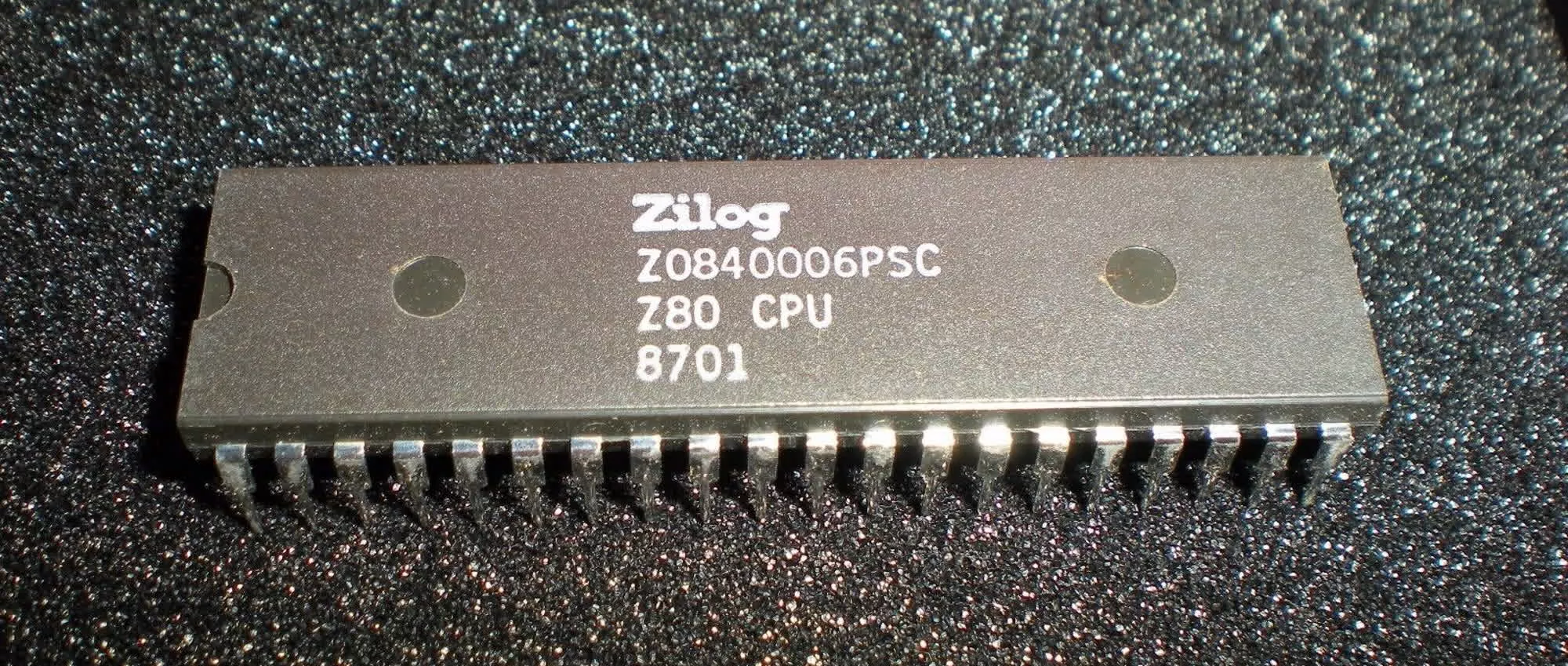Why it matters: Zilog is retiring the Z80 after 48 years on the market. Originally developed as a project stemming from the Intel 8080, it eventually rose to become one of the most popular and widely used 8-bit CPUs in both gaming and general computing devices.

The iconic IC device, developed by Federico Faggin, will soon be phased out, and interested parties only have a few months left to place their orders before Zilog's manufacturing partner ends support for the technology.
According to Zilog's notification, Wafer Foundry Manufacturer (WFM) will cease accepting "last time buy" (LTB) orders for the remaining Z80 products in mid-June. Zilog will process and schedule LTB orders for the Z80 based on customers' demand, while WFM will provide actual delivery dates thereafter. Depending on the overall LTB demand, the company may impose stricter requirements on minimum and maximum quantities.
Federico Faggin, an Intel engineer, founded Zilog in 1974 after his work on the Intel 4004, the first 4-bit CPU. The Zilog Z80 was then released in July 1976, conceived as a software-compatible "extension" and enhancement of the Intel 8080 processor.
Developed by a team of just 12 people, the Z80 saw remarkable success, leading Zilog to establish its own chip manufacturing plants and expand to over a thousand employees within two years. Like its Intel counterpart, the Z80 was originally designed for embedded systems but went on to become a significant milestone in gaming hardware from the 1970s to the mid-1980s.
The Zilog Z80 is discontinued. pic.twitter.com/oCxVyl7IhT
– ãÂÂãÂÂã¦ã @ èª己ãÂ®æ» (@iyatemu) April 19, 2024
Several home computers and gaming consoles were built around the capabilities of the Z80, including Sega's Master System and SG-1000, and Nintendo's Game Boy and Game Boy Color. Many classic arcade games also used the Z80, including the original version of Pac-Man. Additionally, the 8-bit processor was common in military applications, musical synthesizers like the Roland Jupiter-8, and various other electronic devices.
Zilog licensed its Z80 technology to US companies Synertek and Mostek, which aided Faggin's venture with production, as well as to the European manufacturer SGS/STMicroelectronics. The CPU design was later replicated by Japanese, East European, and Soviet manufacturers, while corporations such as NEC, Toshiba, Sharp, and Hitachi produced their own compatible versions of the chip.
In recent years, Zilog has refocused Z80 production on the embedded device market, offering advanced microcontroller products that retain compatibility with the original Z80 and Z180 designs.
The legendary Zilog Z80 CPU is being discontinued after nearly 50 years